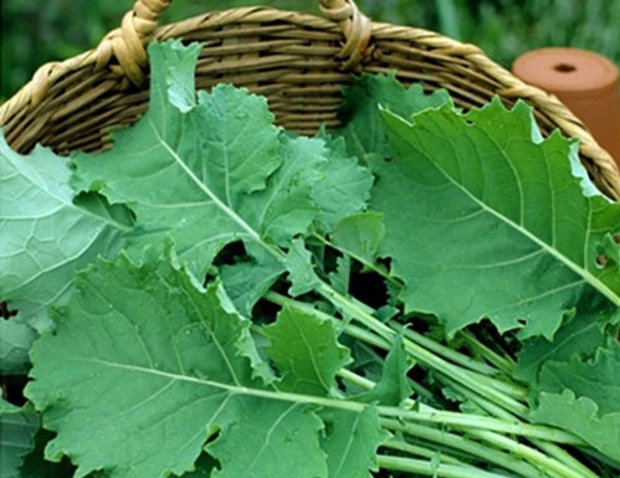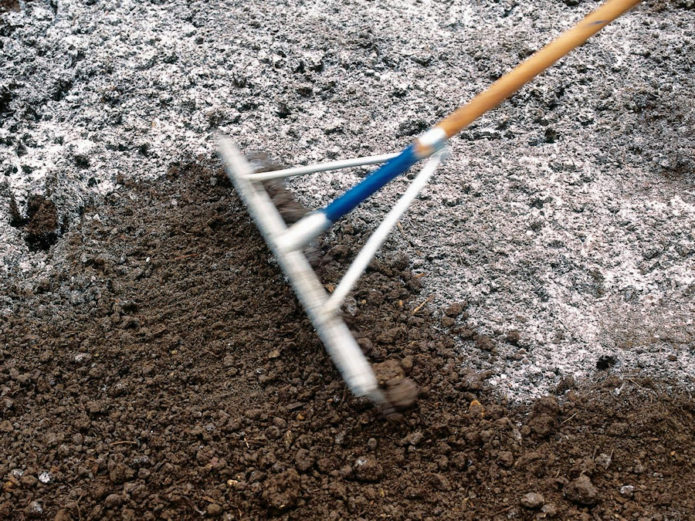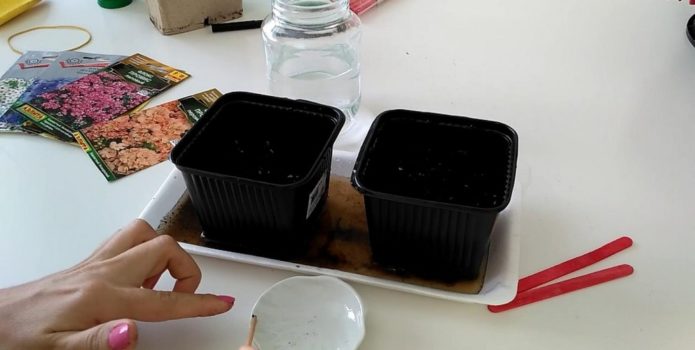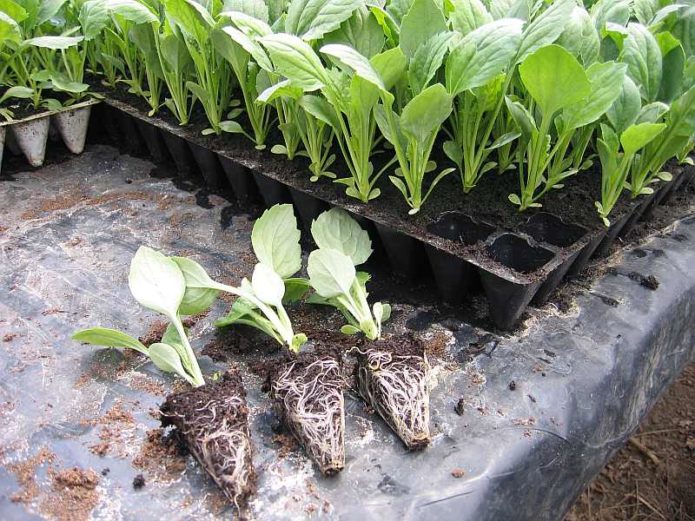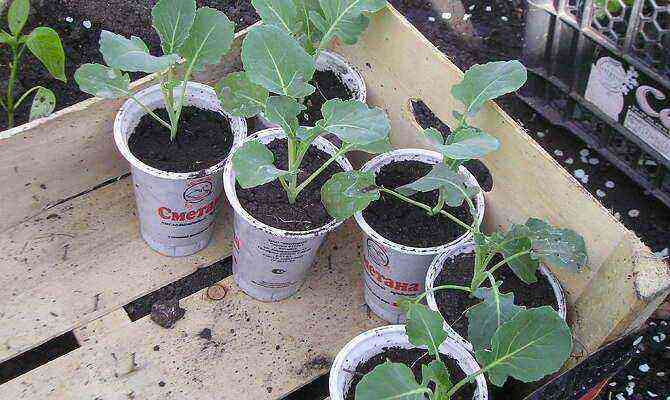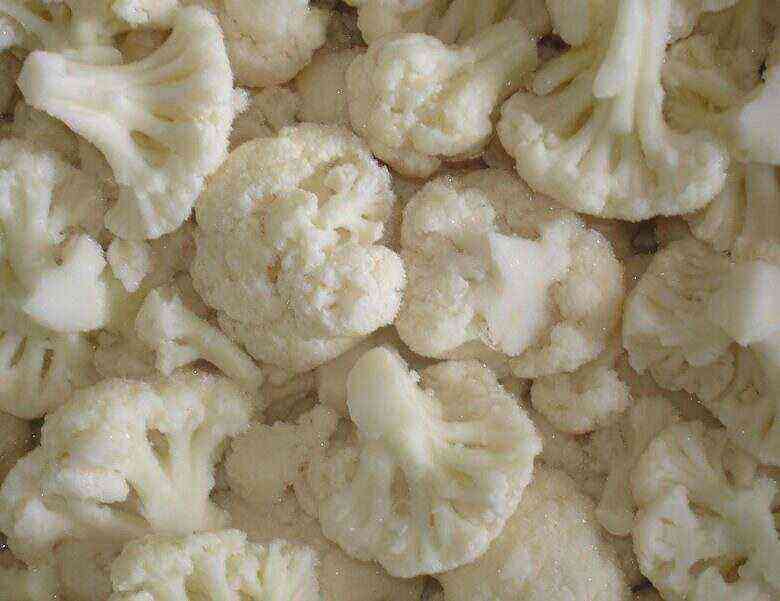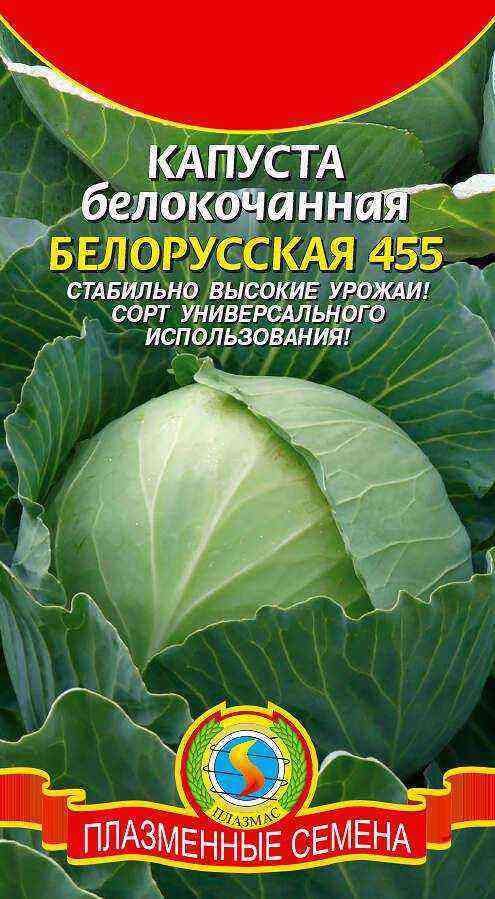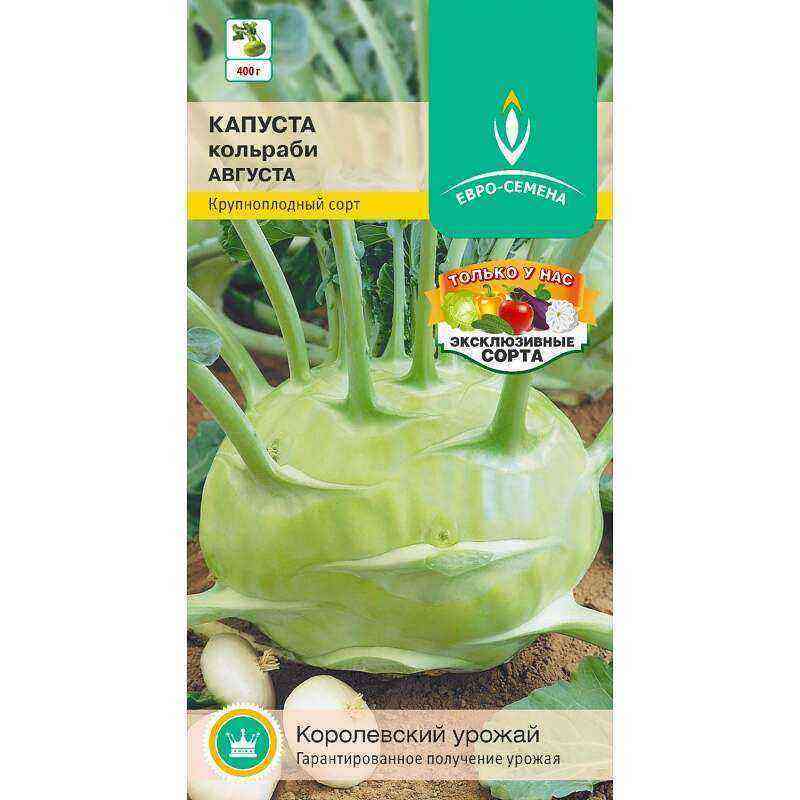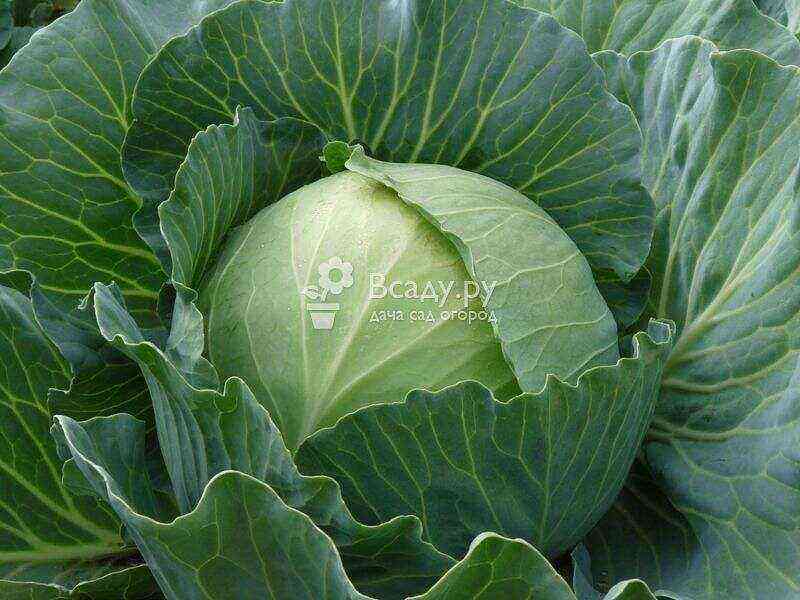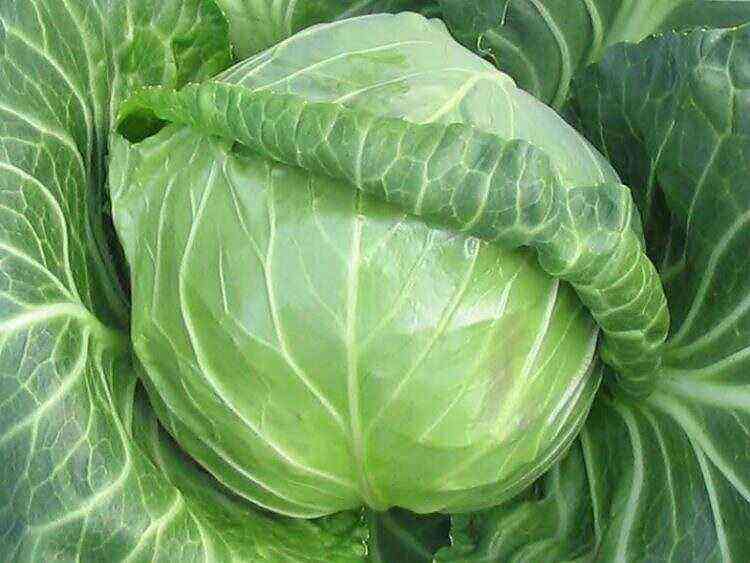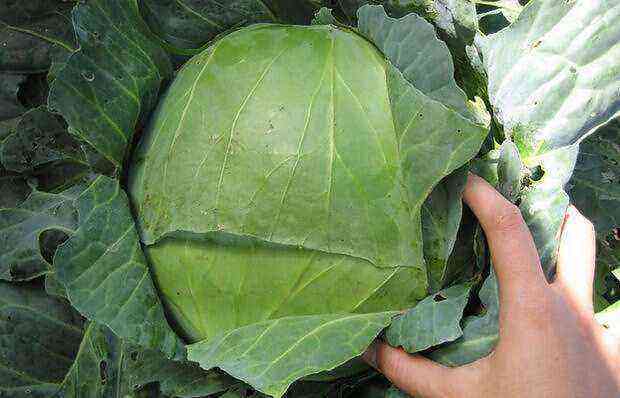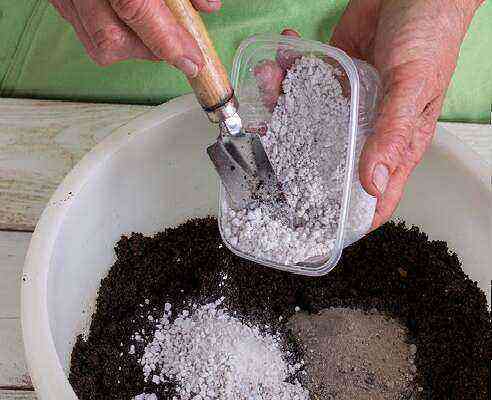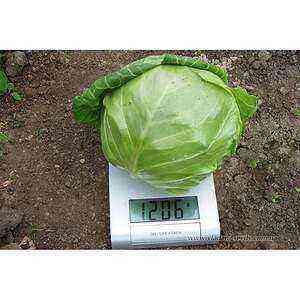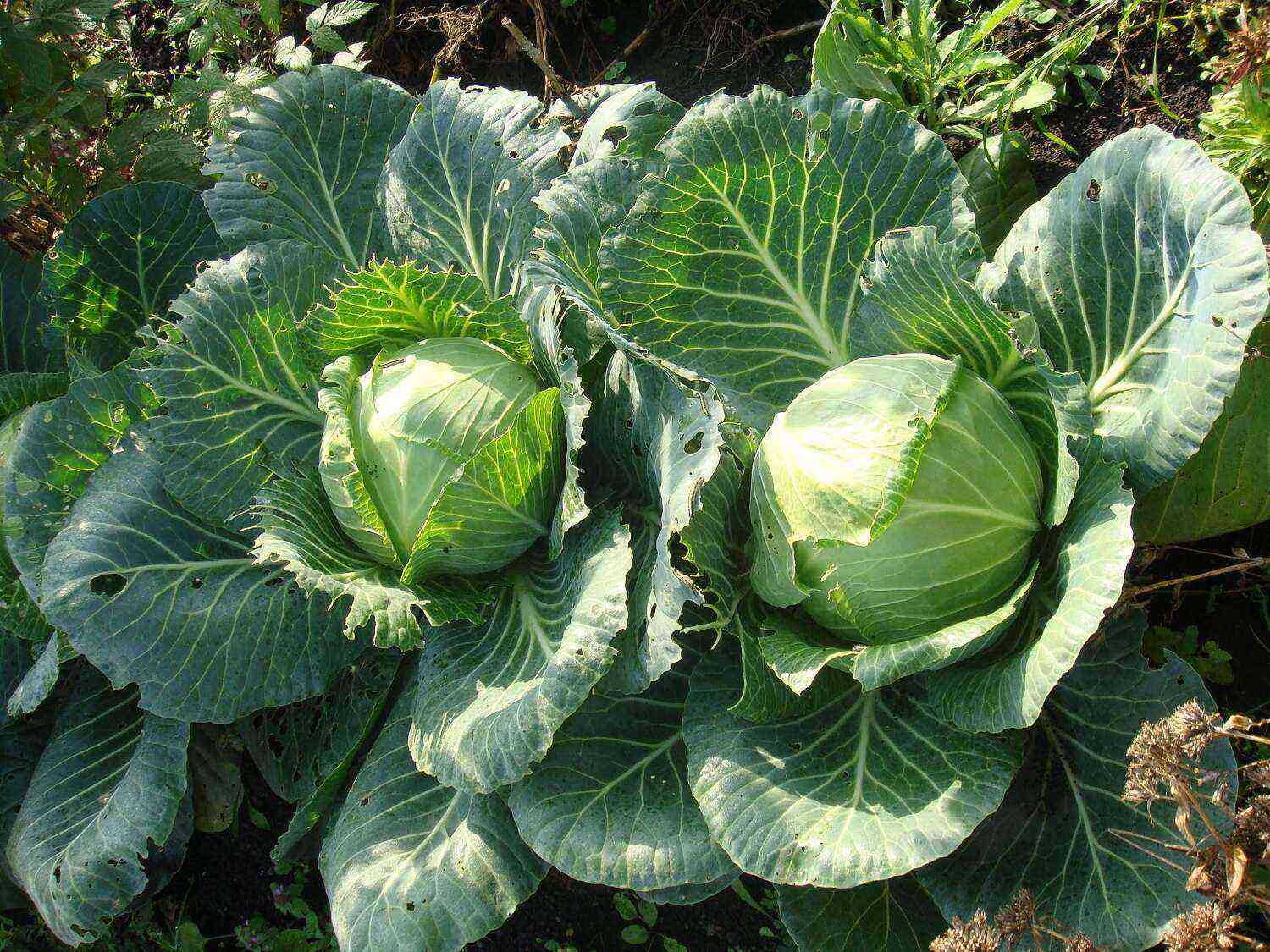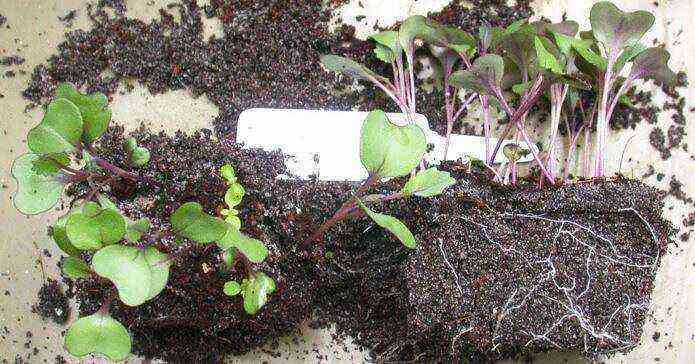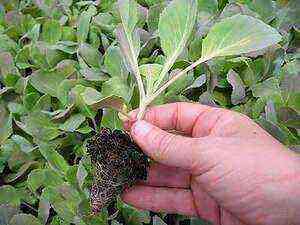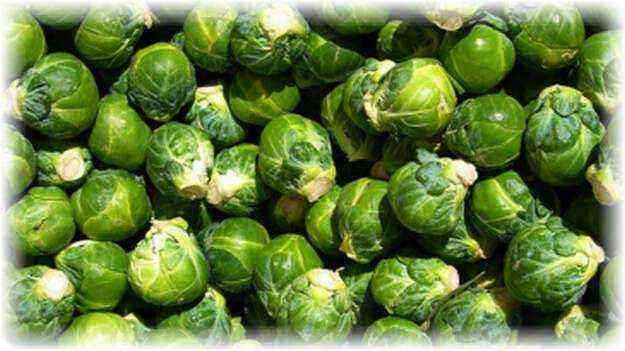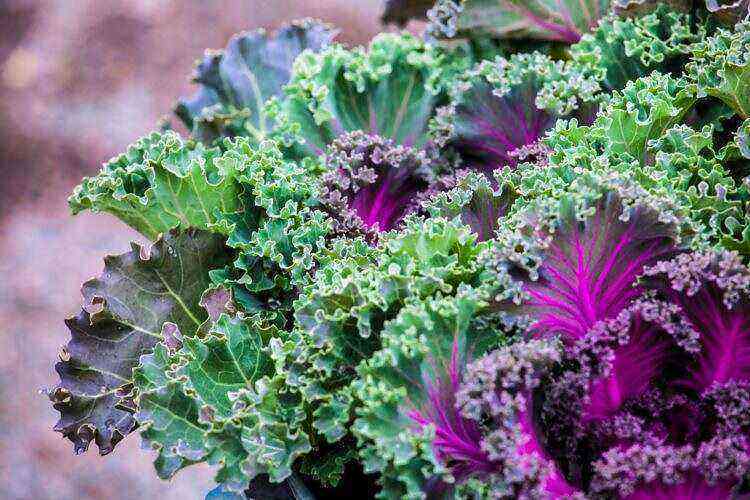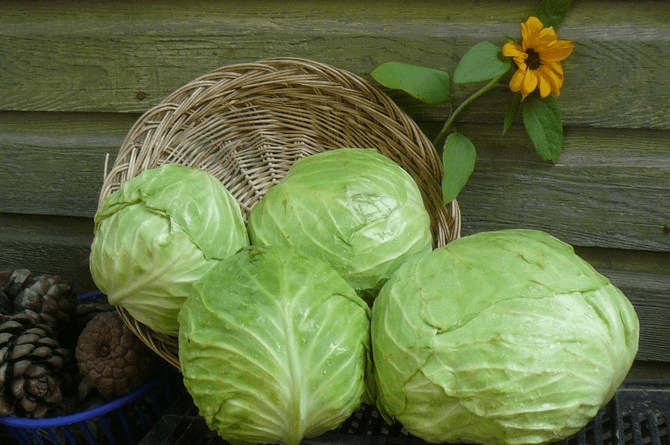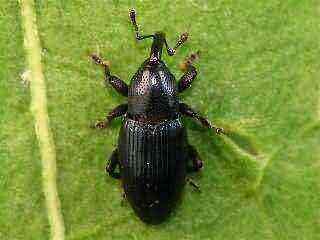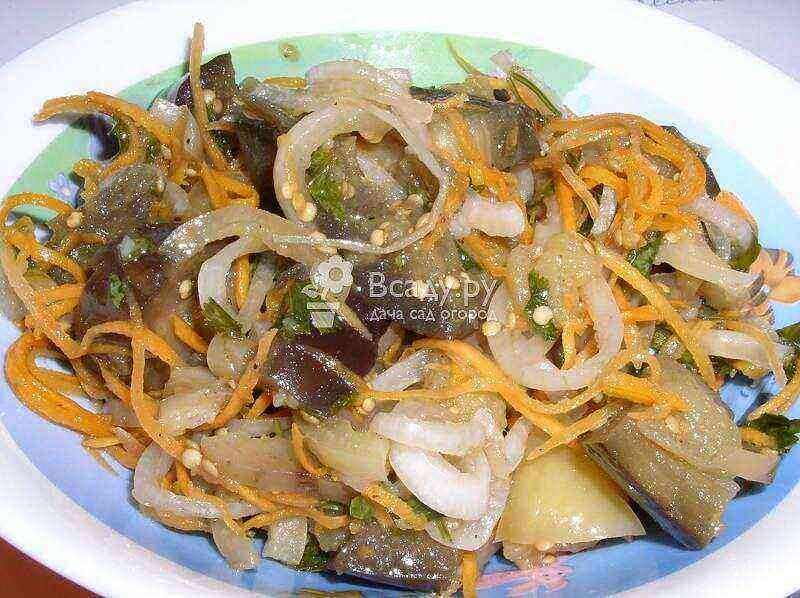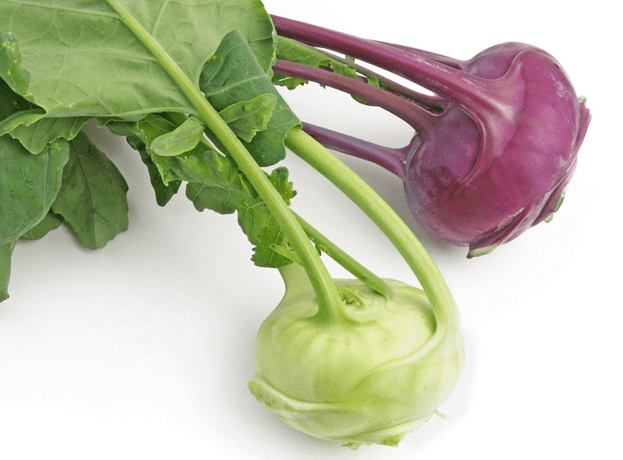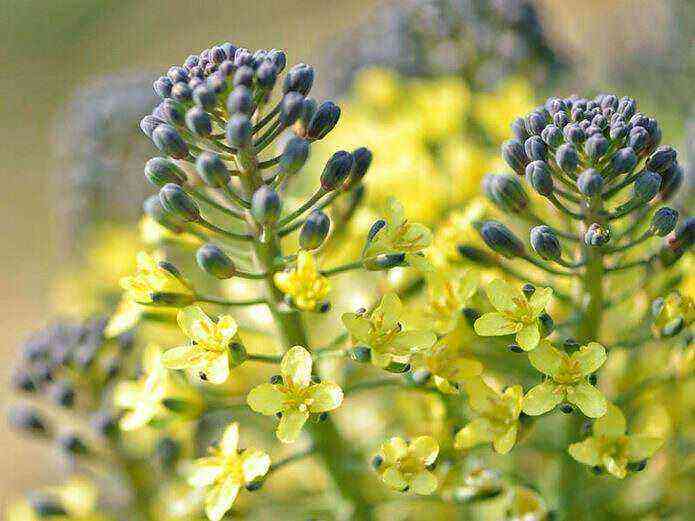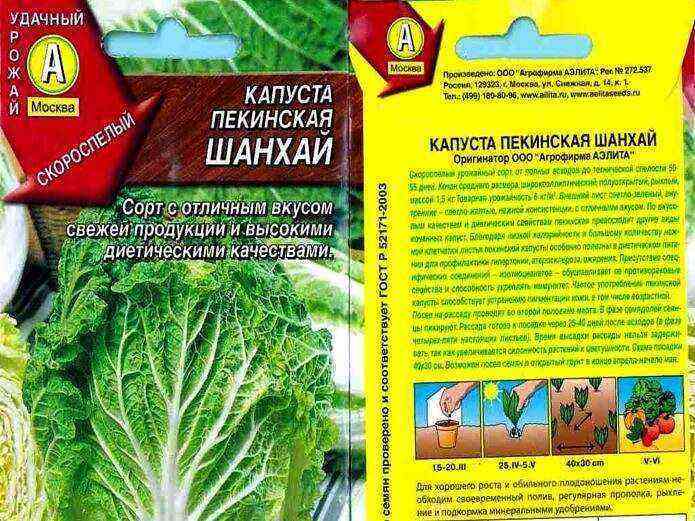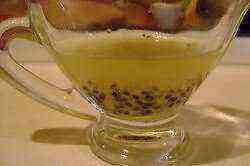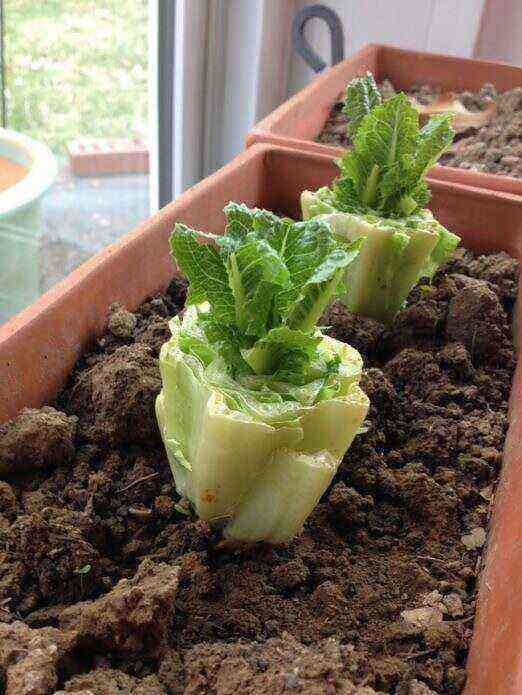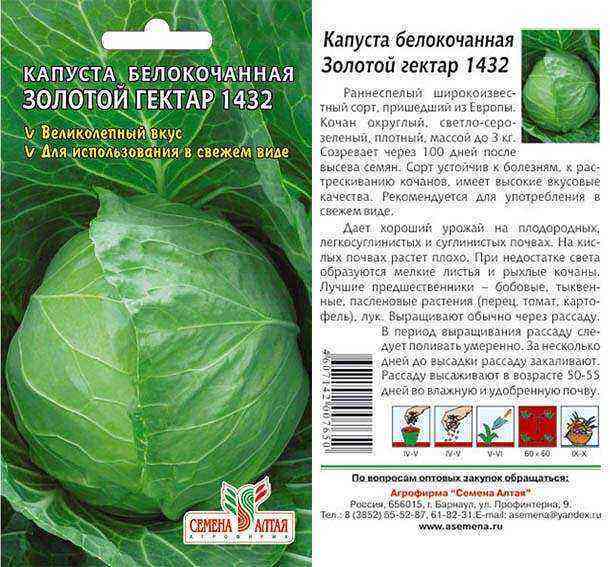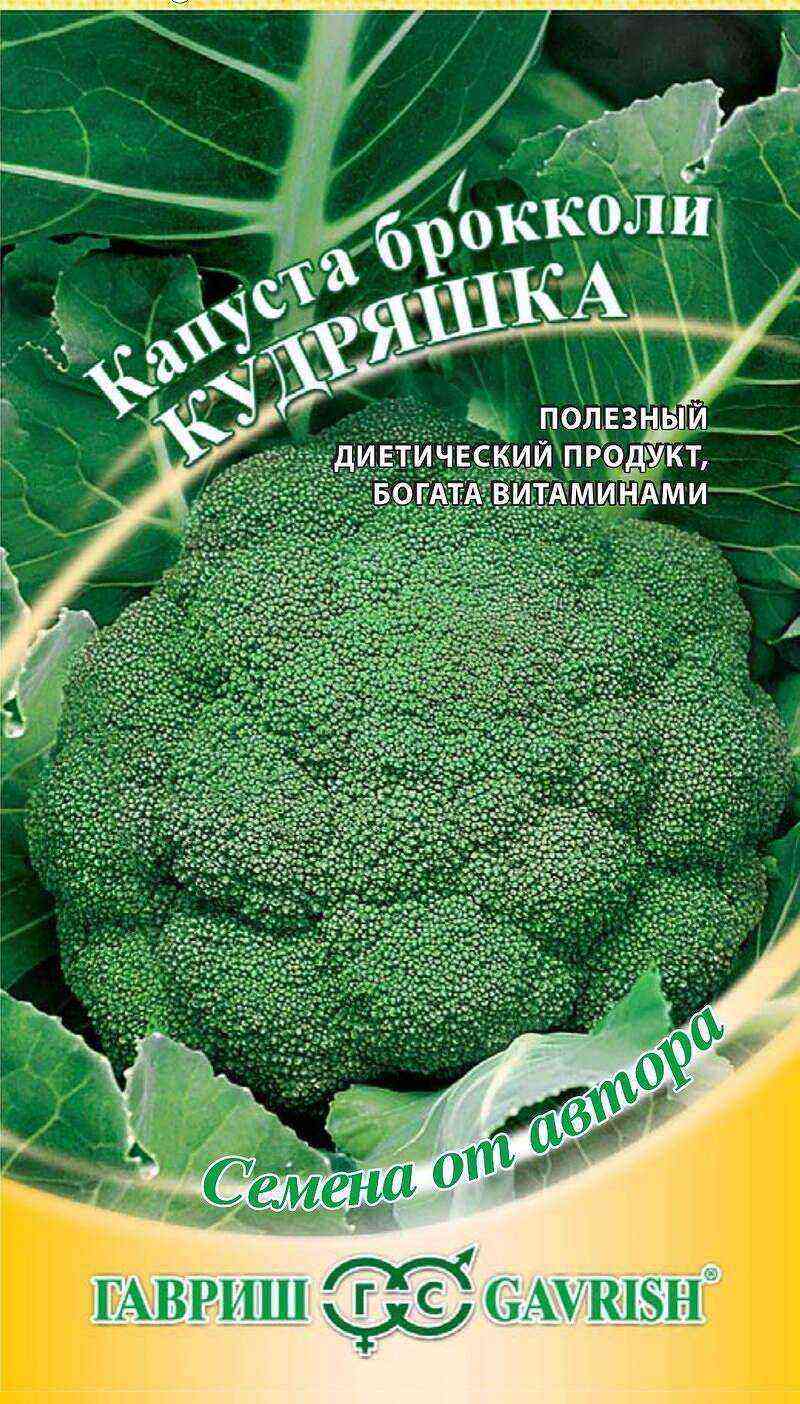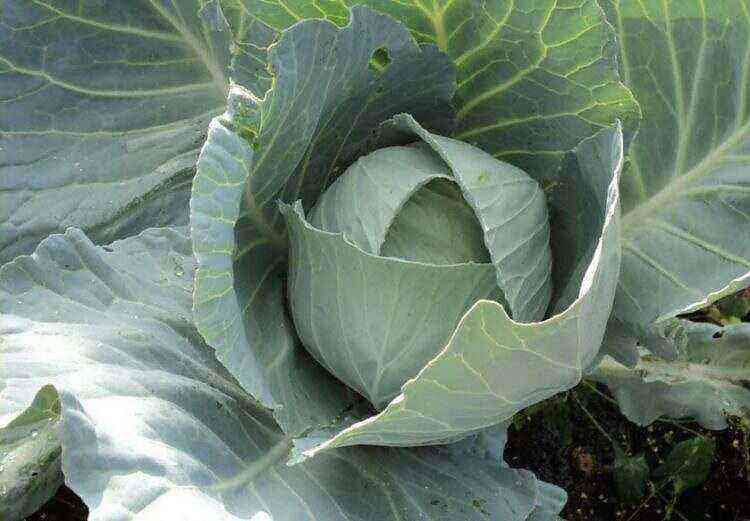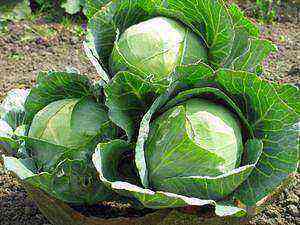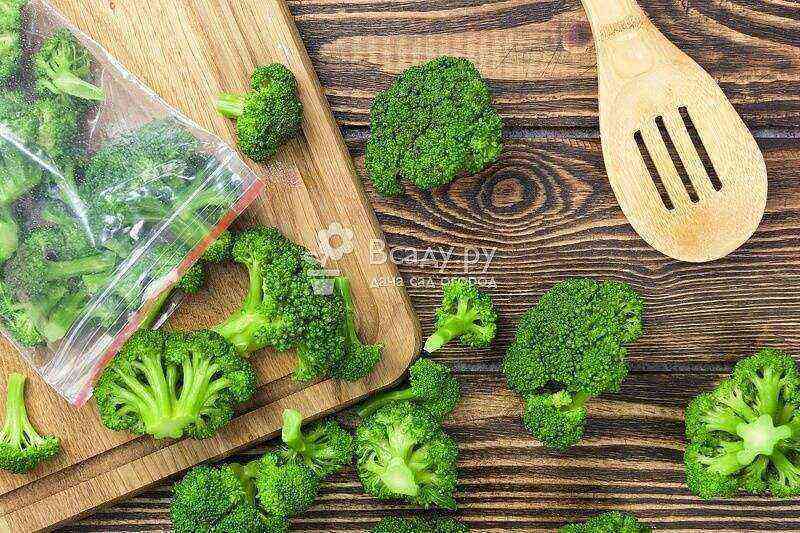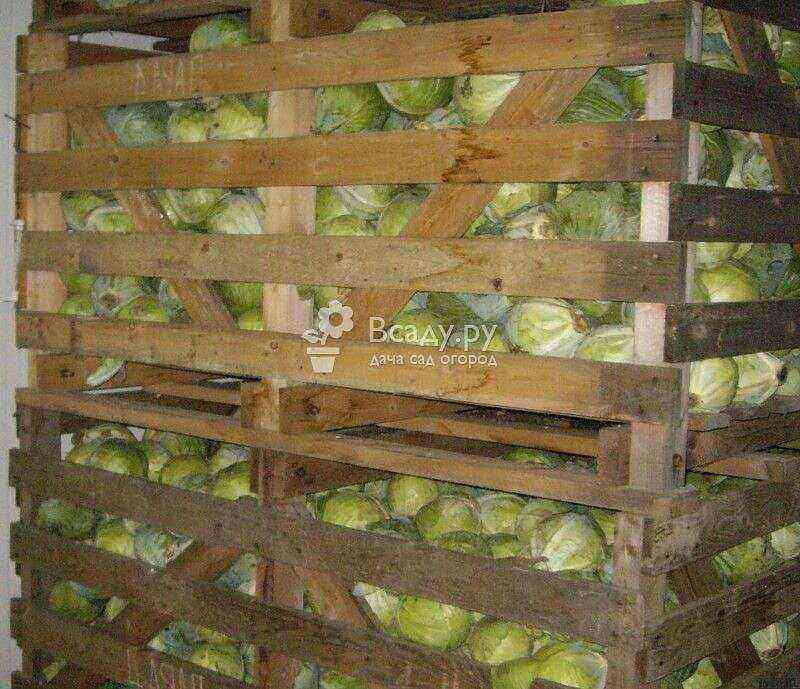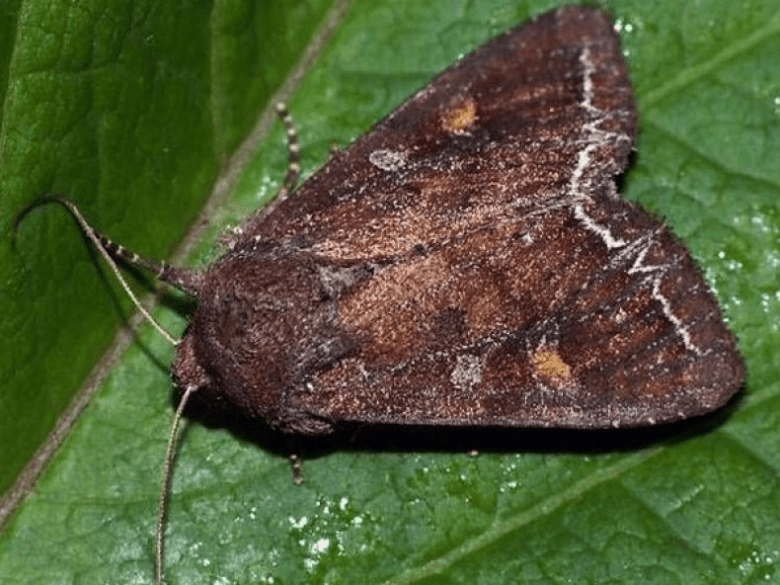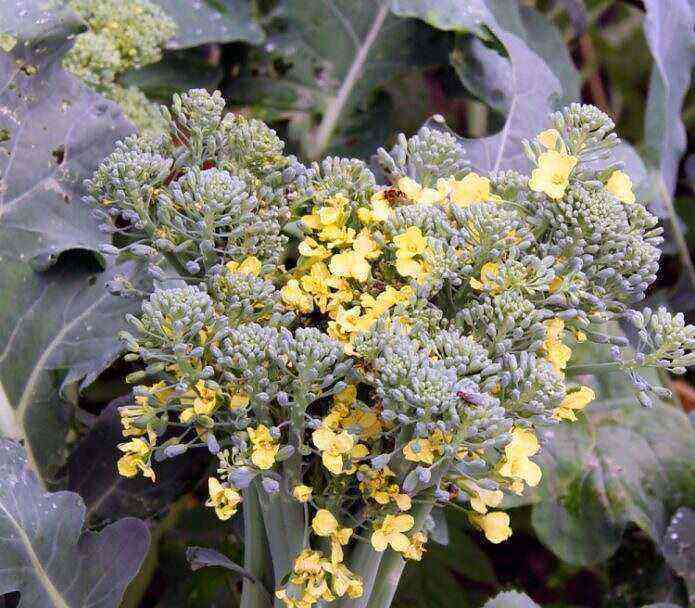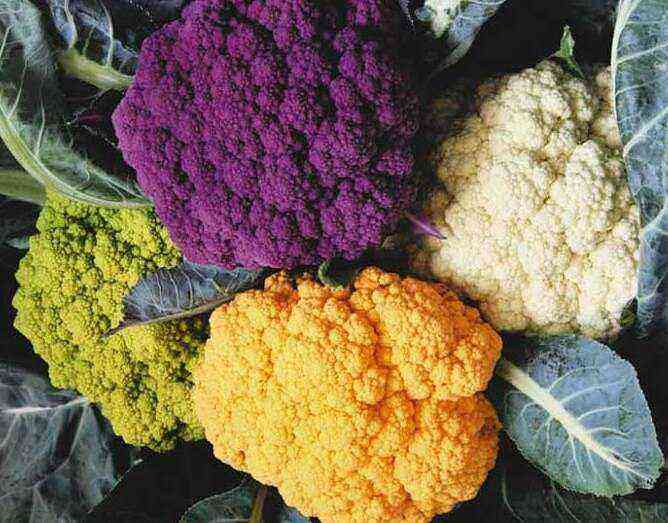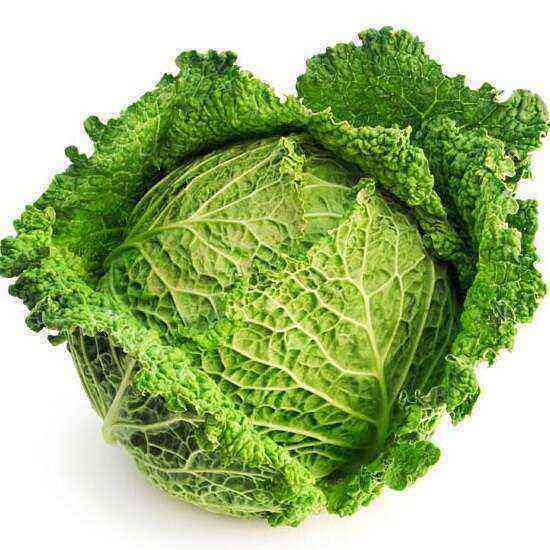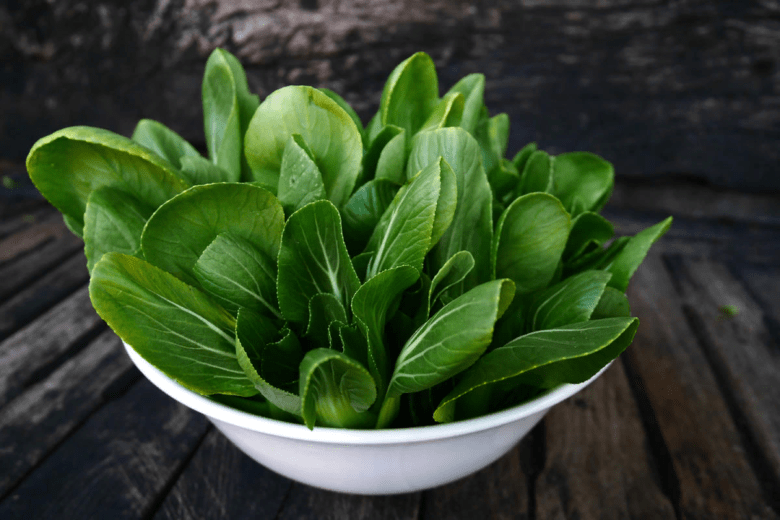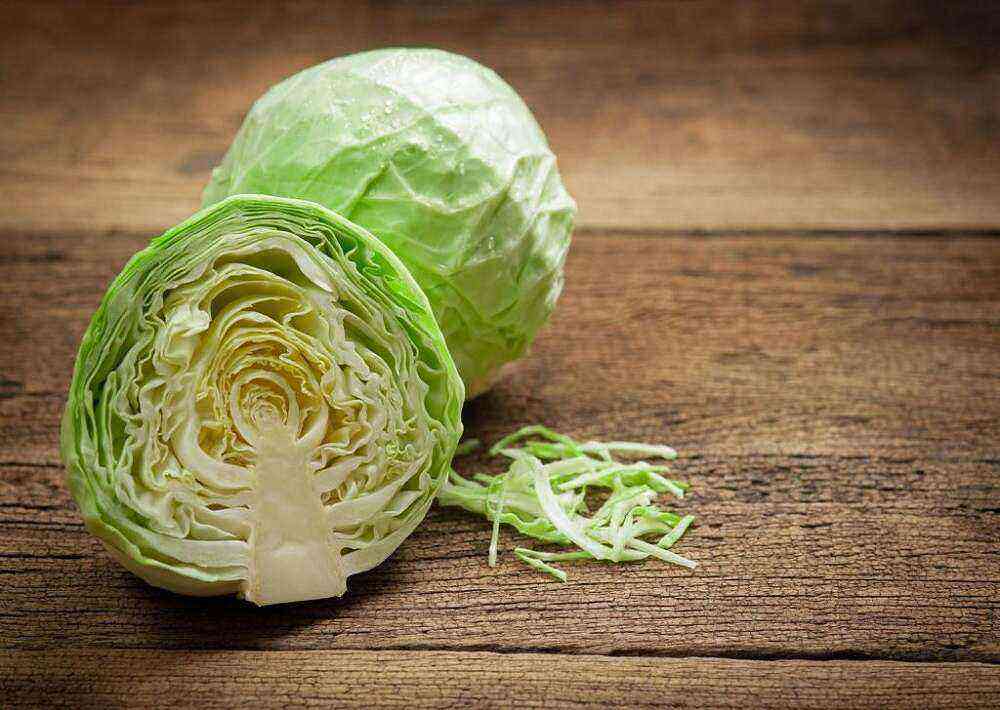An increasing number of previously unknown plants are grown in garden plots. The seeds are bought abroad or obtained through friends. Kale collard greens have recently begun to be grown not only for decorative purposes, but also for gastronomic purposes. Domestic seeds are purchased in the store. Her taste is peculiar, for an amateur. However, the usefulness of feces is undeniable.
Collard greens and its features
Unlike the usual, familiar to us white cabbage, kale (kale) collard does not form a head of cabbage. Its decorative leaves on long stalks are edible, they are eaten by animals and people. This closest relative of wild cabbage was popular during the Middle Ages. In modern Western Europe, collard greens are eaten with pleasure under the names Grunkol and Braunkol (Brunkol). In America and England, it is known as “Russian red cabbage”.
Feces are rich in calcium, protein and omega-3… In terms of the content of vitamins and minerals, they surpass white cabbage.
This nutritious and healthy product was widely consumed in England during the Second World War.
In Russia, kale was traditionally grown as an ornamental cabbage. Its large wavy leaves in various shades – from green to purple – look beautiful in the garden, but they are tough and have an aggressively bitter taste, so they need to be pretreated before being used for food.
Kale leaves range in color from green to purple
Only plates of young tender leaves are eaten. A sauce made from vegetable oil and vinegar significantly improves the taste of kale, leaving a slight peculiar bitterness in the aftertaste. It is recommended to prepare kale with avocado and lemon. After freezing, cabbage leaves acquire a pleasant aroma and become softer.
Popular varieties
There are about 50 varieties of kyle cabbage, which differ in size, color and shape of leaves, ripening time and taste. Some varieties grow up to two meters in height, undersized varieties do not exceed 40 centimeters. Leaves can be red, green and purple; in shape, they are flat, pimpled, curly, with terry edges. When the temperature drops, the green-purple leaves turn purple. A peculiarity of curly varieties: after frost, their leaves wrinkle even more.
Curly-leaved varieties
The most widely represented varieties are with curly leaves. Their delicate greens can be eaten until frost.
Photo gallery: curly kale
Varieties with flat leaves
Winter-hardy varieties have been developed that can be grown in the Urals and Siberia. Dwarf plants in cold regions are grown through seedlings. Their leaves, caught in the frost, become tastier.
Calais Siberian is a mid-season variety that tolerates winter well
Kale Siberian is characterized by increased winter hardiness. Calais Premier is a fast growing collard greens.
Kale Premier is high in potassium, phosphorus, sodium, iron, zinc, selenium and copper.
Varieties with pimpled thin leaves
In warm regions, feces with pimpled leaves can grow up to two meters, they are called “kale palm”. Dino is the most delicious representative of this variety, Tuscany is the most winter-hardy, Reed kale is the most exotic.
Photo gallery: varieties with pimpled leaves
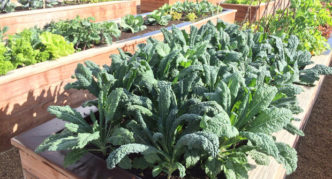
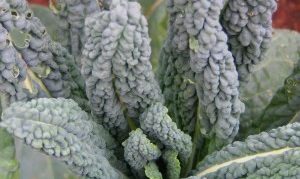

Planting collard greens
This cabbage prefers neutral, humus-rich soils. It is better to prepare the beds for planting in the fall.
- We choose a place well lit by the sun, light partial shade is acceptable. 1 m2 add 3-4 kg of humus / compost.
- Complex mineral fertilizers at the rate of 100 g per 1 m2 it is better to bring it under digging in the spring.
- If the soil is acidic, add deoxidizers to it – dolomite flour, lime. Delicious delicate kale leaves will form only on well-fertilized organic soil. On sour poor soil, cabbage will grow bitter, with small leaves.
Dolomite flour, which contains calcium, is the most suitable deoxidizer for cabbage. On heavy loamy soils, 500 g of deoxidizing agent per 1 m2 is applied every 6–8 years. Mineral fertilizers applied for two to three years after liming will be poorly absorbed by plants. Ash is an excellent top dressing, at the same time reducing the acidity of the soil.
Dolomite flour is best suited to reduce soil acidity.
Kale grows well at temperatures from +5 ° C to +35 ° C and tolerates frosts down to -15 ° C. In regions with a harsh climate, it is preferable to grow it through seedlings.
The best predecessors in the garden, which is prepared for kale, are potatoes, tomatoes, beets, spinach, and legumes.
Seeds can be sown in the ground when the soil warms up to 5 ° C, usually in April – early May, it all depends on the region.
- The seeds are planted 1,5 cm deep in rows 45 cm apart.
- Landings must be covered with foil or spunbond.
- Seedlings appear on the 5-7th day.
The sooner tall feces are planted, the larger they will reach.
Peculiarities of growing
Kale is an unpretentious culture. It is hardy and pest resistant. Collard greens can be grown in your garden without any problems. If she succeeds in overwintering, in the second year she will bloom and it will be possible to collect her seeds.
Growing and picking seedlings
It is better to sow seeds for seedlings one and a half months before planting in the ground. Despite the frost resistance, it is advisable to plan the transfer of kale seedlings to the garden only after the end of the frost.
- We are preparing containers for sowing, wide plastic bowls with sides 5-10 cm high will do.
For planting seeds, we prepare containers with a side height of up to 10 cm
- We fill them with soil with an acidity index of pH 5,5–6,8.
- Before planting, it is advisable to treat the seeds with potassium permanganate and rooting, but, as a rule, they are distinguished by high germination.
- We water the ground in a tray with warm water, make grooves 1,5 cm deep at a distance of 2 cm from each other.
- We spread the seeds and sprinkle them with soil.
- We put the bowls in a warm place and regularly spray the ground with a spray bottle.
- Seedlings will appear on the 5-6th day. 20 ° C is the best temperature for seed germination.
Seedlings of kale cabbage appear on the 5-6th day
- After the emergence of seedlings, we thin out them, leaving the strongest at a distance of 2 cm.
- We grow them within two weeks, avoiding drying out and waterlogging of the soil.
- Then, in the presence of one or two true leaves, we proceed to dive the seedlings.
Diving is not a necessary element in the care of seedlings, but transplanting seedlings into separate pots allows you to get stronger seedlings. You can use special cassettes.
Pickling cabbage seedlings allows you to get stronger seedlings
Recently, seedlings are actively grown in “swaddling” and “snails”. This method allows you to significantly save space required for placing seedlings.
Video: growing seedlings in a snail
How to properly plant kale seedlings in open ground
We plant seedlings in the garden when the danger of frost has passed.
- In a bed prepared in advance, we dig holes at a distance of 30–40 cm from each other, leave 45–60 cm between the rows. Dwarfs can be planted closer, for tall varieties we leave more space.
- The depth of the hole should be sufficient to plant the plant to the first leaves.
- Water the plants thoroughly after planting.
Dip the roots of the seedlings in an ash-and-clay mash before planting.
Video: tips for growing
How to care for kale
Caring for collard greens includes the main stages: watering, feeding, treatment from diseases and pests. The implementation of all procedures guarantees a good harvest.
Pollination of plants with a mixture of ash and tobacco helps from sucking pests. It is useful to spray the kale with a solution of onion peel. Ash helps from slugs. A protective mesh saves from whitefly and cabbage.
Harvesting and storage of collard greens
When the plant grows to 20 cm, you can start harvesting. Depending on the variety, this period occurs 55–90 days after sowing seeds or planting seedlings. They harvest in two ways:
- tear off young leaves as they grow back;
- the whole plant is cut off.
In partial harvesting, the upper leaves are removed first. Gradually, the trunk will become bare and we will get a kind of palm tree.
The appearance of kale kale after harvest resembles a palm tree
If the whole plant is cut, leave a stump 5 cm high. Young leaves can again be torn off as they grow back. In regions with a warm climate, overwintered pruned kale will delight you with early greens. If the leaves are not removed in time, they will become tough and bitter. Only leaf plates are used for food. The stems can be used for livestock feed.
The cut leaves can be stored in the refrigerator for a week for fresh consumption and frozen for long-term storage. Kale becomes especially tasty after freezing. Its leaves take on a scent, the bitterness disappears.
Reviews of varieties and cultivation
Kale collard has both its admirers and opponents. It is easy to grow and looks very impressive in the garden. There are many recipes for making delicious dishes from kale. Its leaves are high in vitamins and rich in calcium and protein. We advise you to pay attention to this cabbage for people adhering to a healthy lifestyle.

